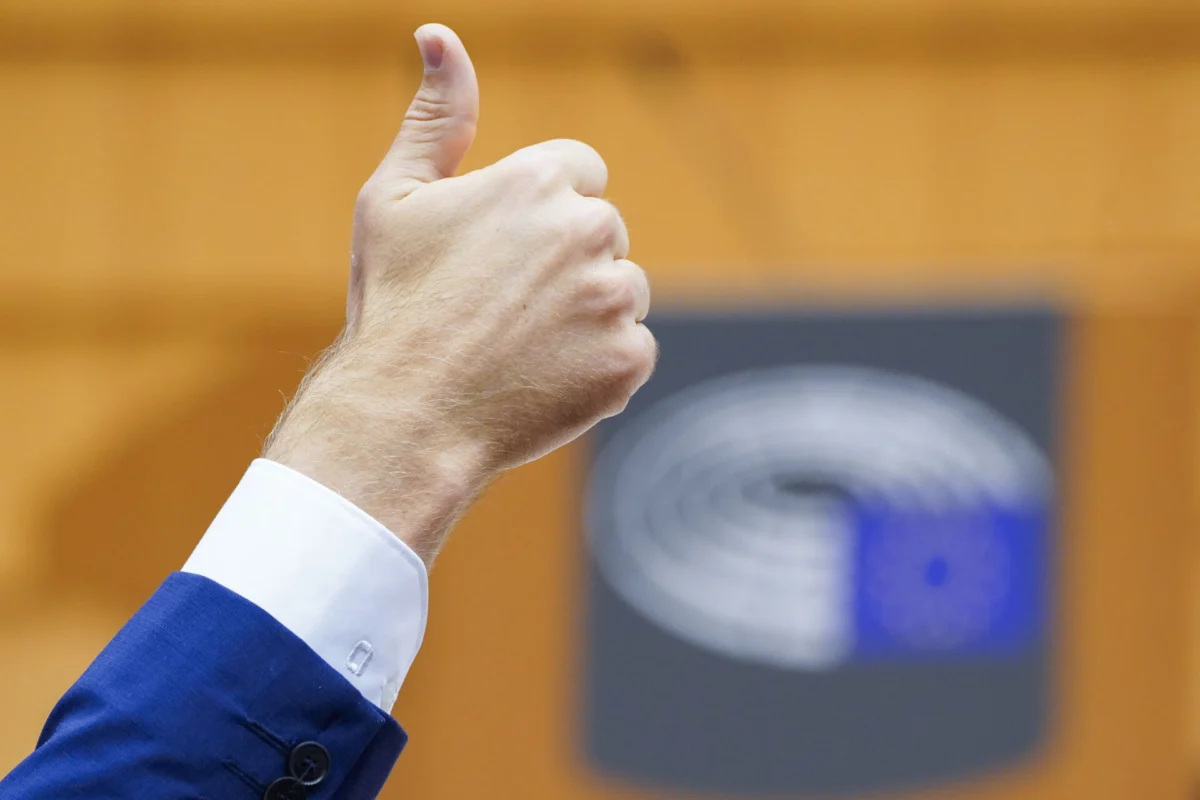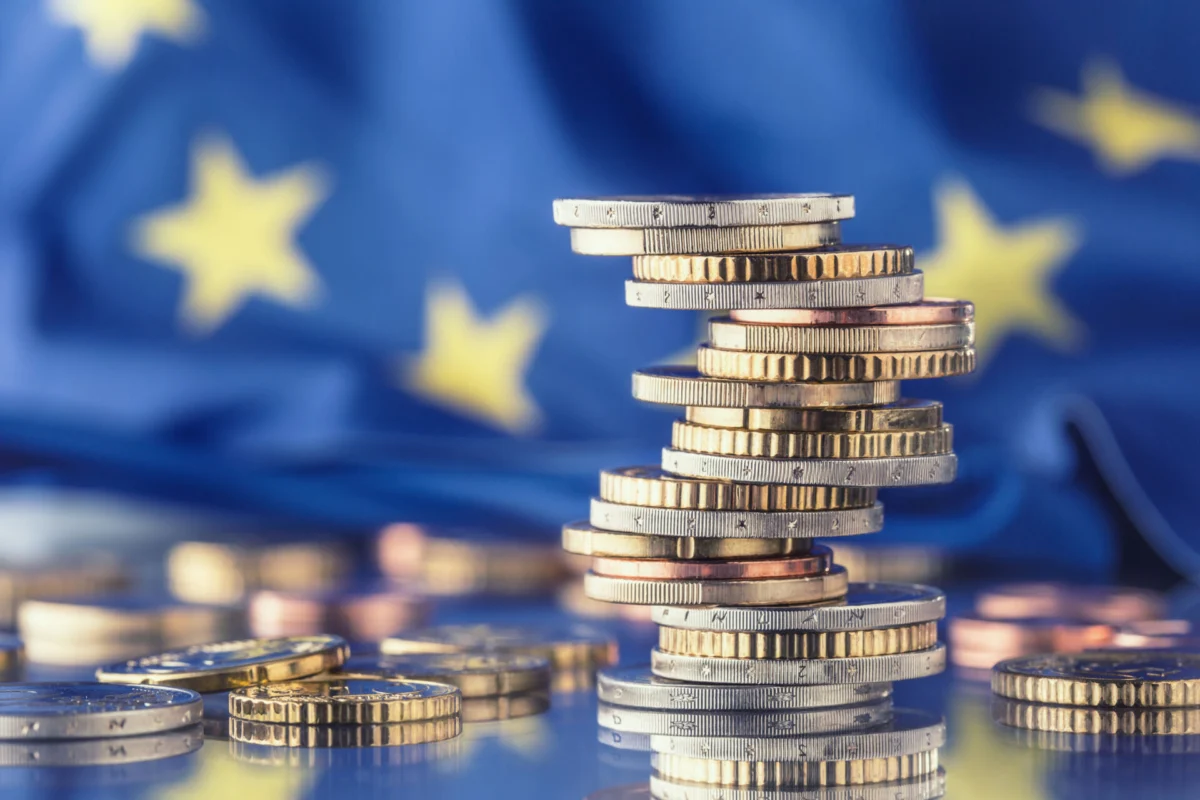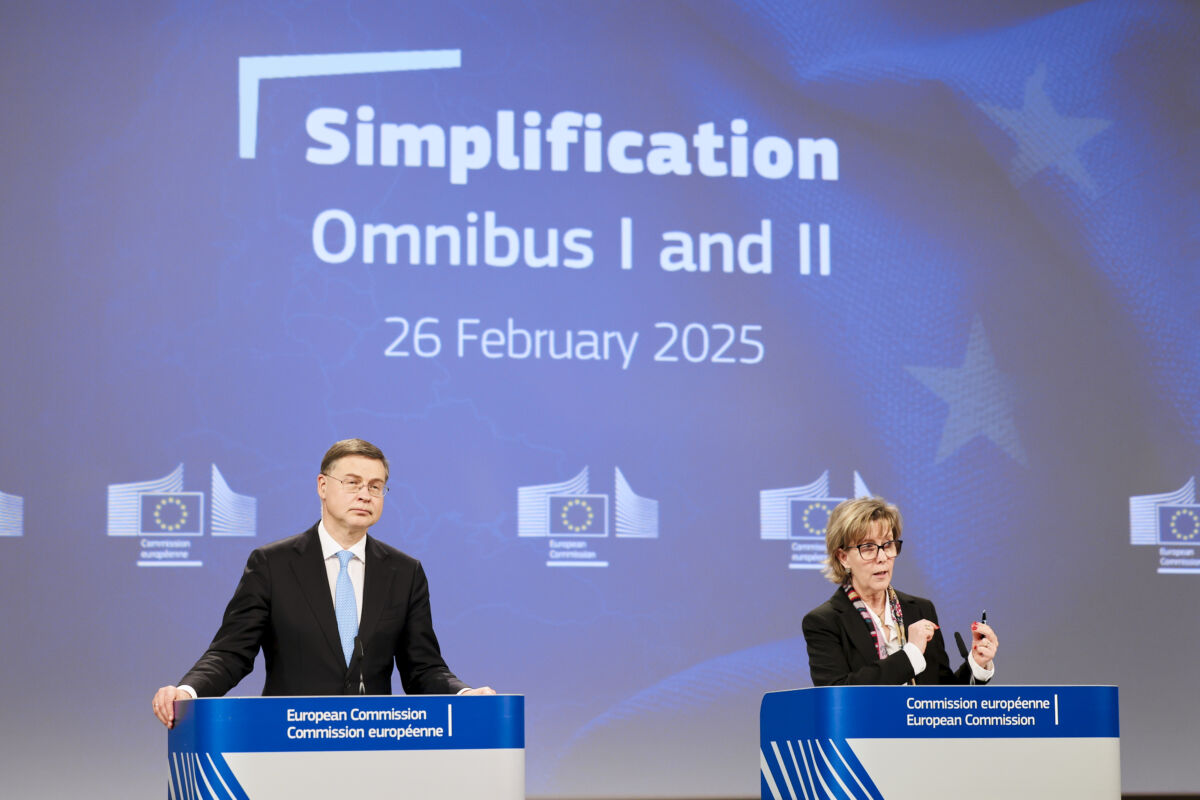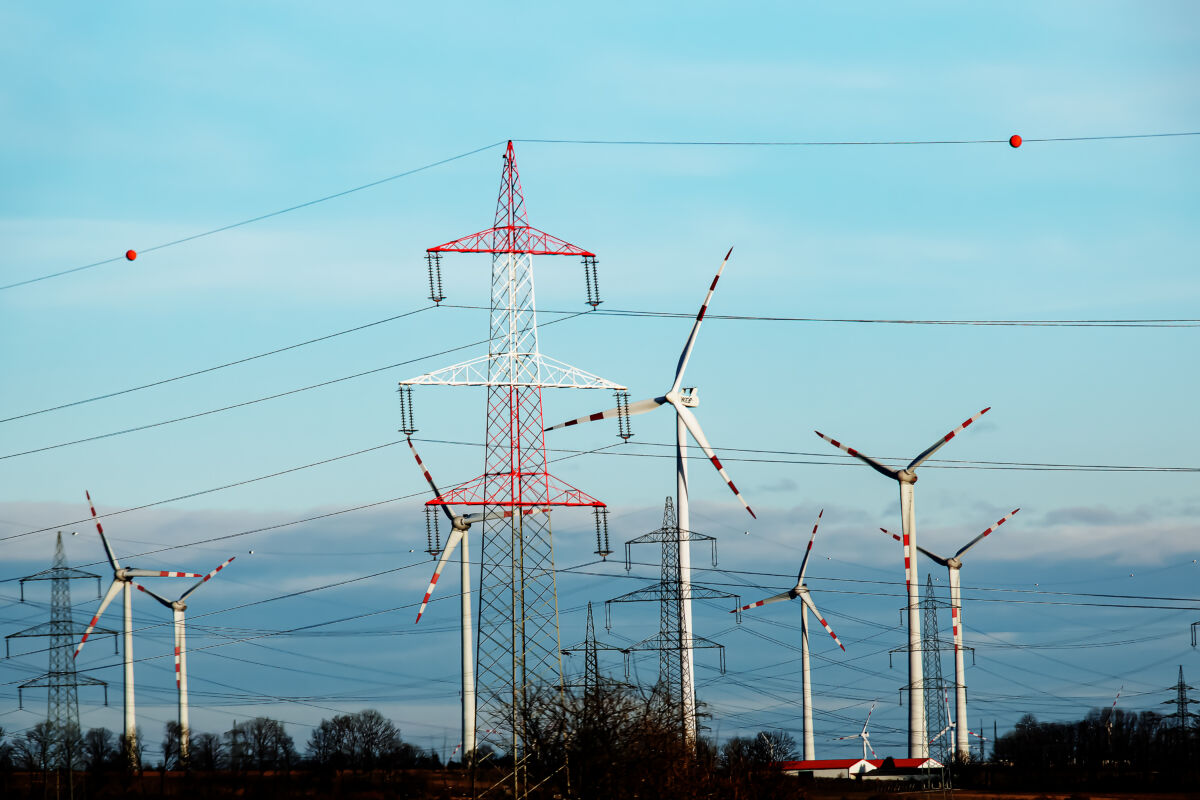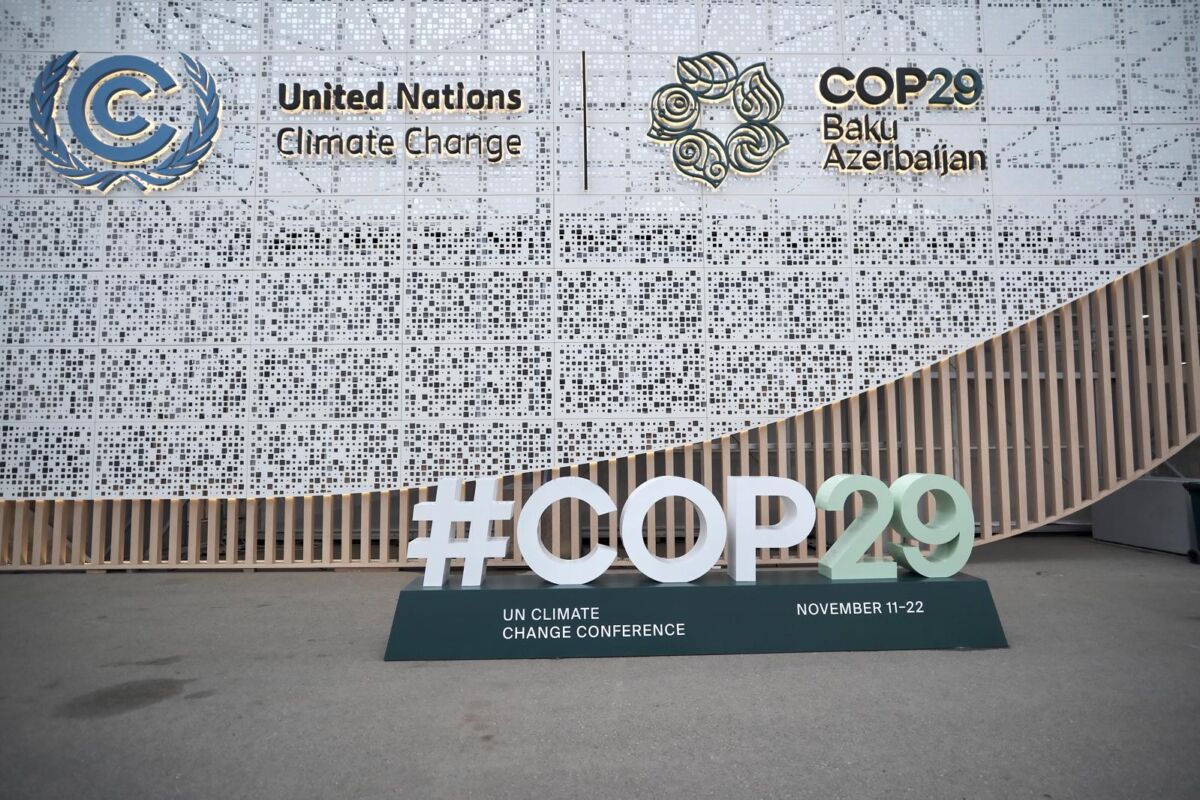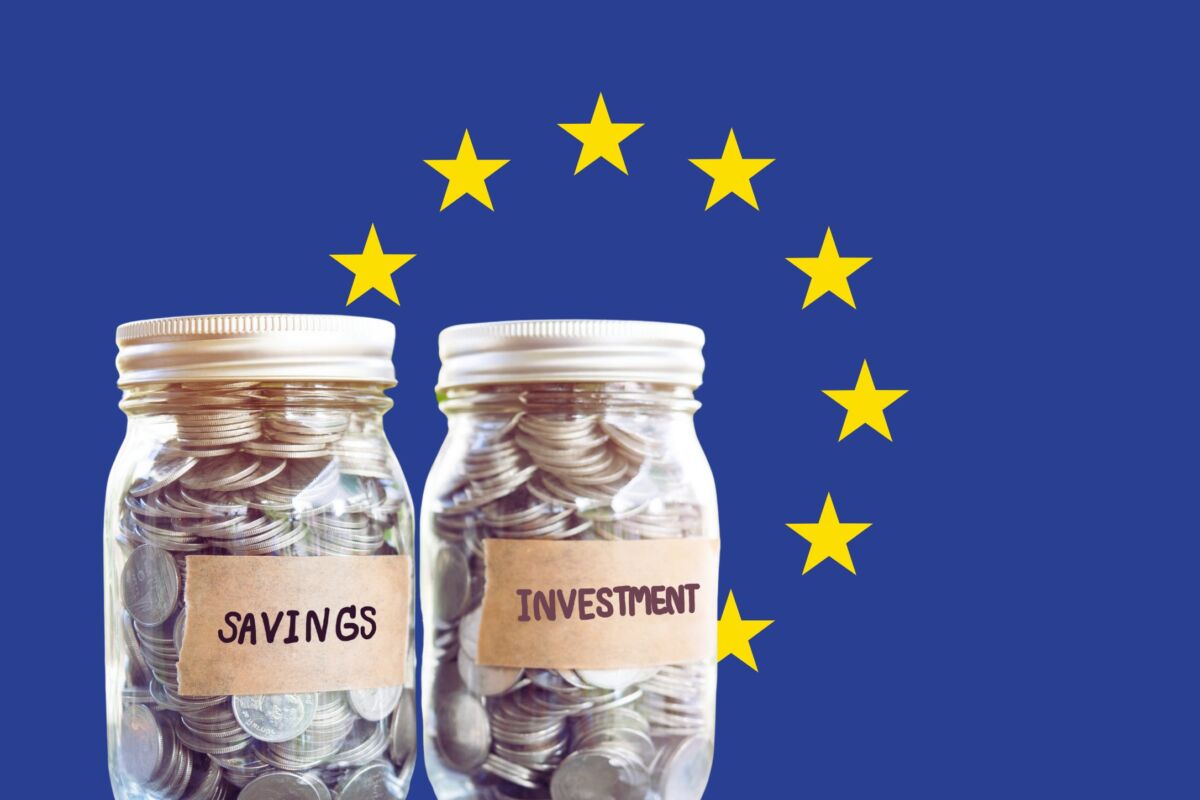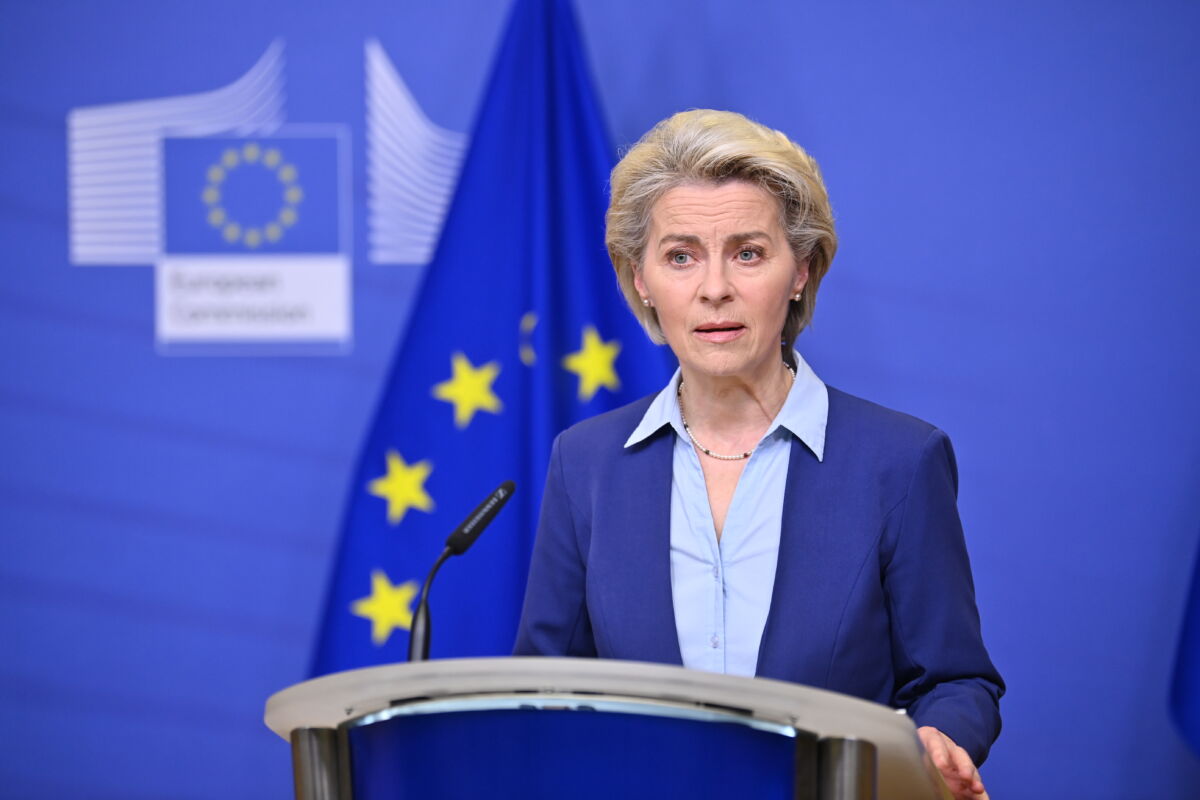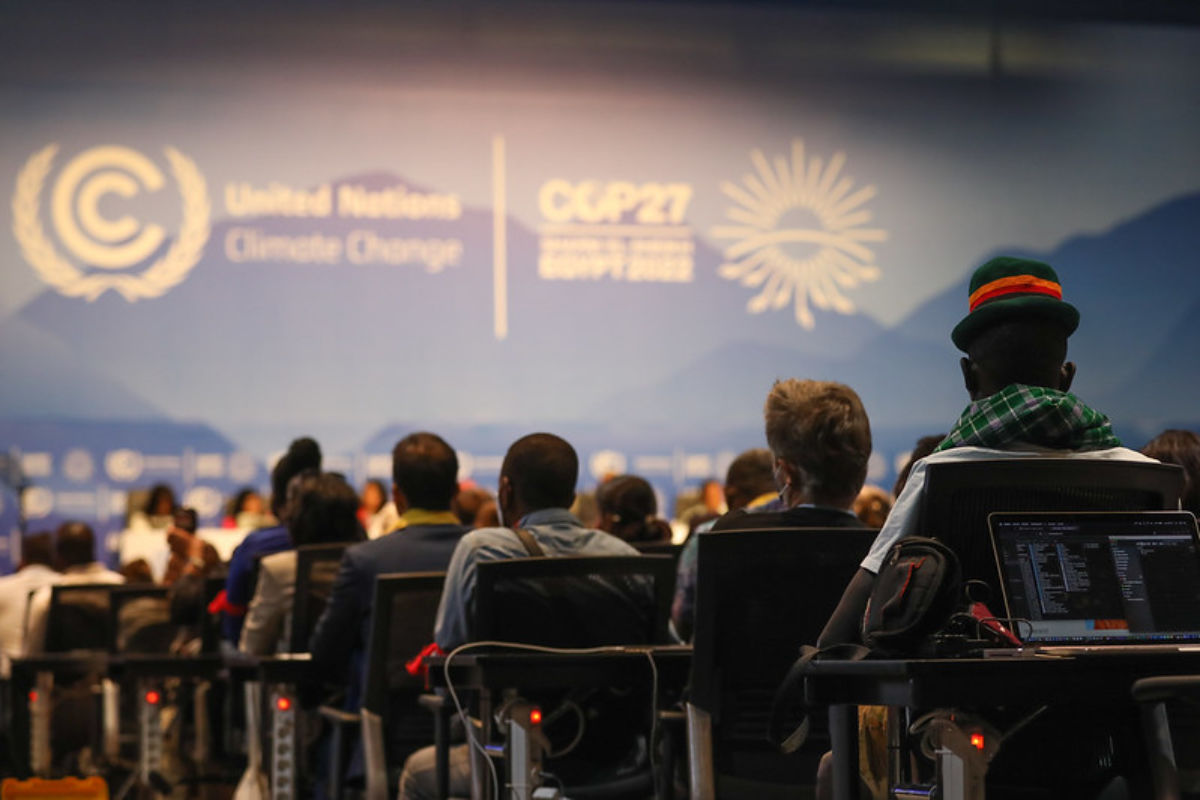By all appearances, Europe is doubling down on its green ambitions. But scratch the surface, and a different picture emerges: a continent obsessed with process over outcomes, clinging to disclosure frameworks while sidestepping the harder structural reforms that would actually reduce emissions or improve competitiveness. The recent EU-US tariff deal and the retreat from key Green Deal measures should be understood not as isolated policy choices, but as symptoms of a deeper incoherence in Europe’s economic and climate strategy.
Calls to preserve sustainability disclosure rules often rest on the belief that transparency improves capital allocation and strengthens long-term competitiveness. This logic holds in theory. But in practice, the assumption that disclosure alone leads to better outcomes – for investors, the environment or society – is a category error. It mistakes the provision of information for meaningful action.
Disclosure isn’t a strategy
The assumption that simply surfacing ESG risks will change is deeply flawed. At best, disclosure allows companies to claim plausible deniability (‘we warned you’) if risks materialise. At worst, it becomes a shield for inaction, shifting accountability from people to process. Consumers continue to vote with their wallets – demonstrating the classic value-action gap (or ‘awareness-action inconsistency’). If transparency truly altered demand, fossil fuel production would be falling sharply. It isn’t. In fact, governments plan to produce twice the amount of fossil fuels by 2030 than is consistent with limiting warming to 1.5 °C . Simply increasing awareness doesn’t automatically change behaviour: even when people are informed about climate regulations, their actions don’t necessarily follow. While awareness of climate change is widespread, people still seek warm homes, affordable energy, and the freedom to drive where and when they want.
The EU’s Green Deal rhetoric often ignores this dissonance. It assumes consumers and companies will do the ‘right’ thing once properly informed – as if the barrier were awareness, not incentives, infrastructure, or political will. This is the sustainability equivalent of food labelling campaigns in a society where the only shops sell junk food.
Accountability without consequence
The problem isn’t just that disclosures don’t work. It’s that they displace more effective tools. Real change requires consequence. If company directors were held personally accountable (and legally liable) for environmental damage, corporate behaviour will shift. But climate liability remains abstract, dispersed and years away in court. Until accountability is backed by enforceable liability – for both public and private actors – much of the ESG agenda will remain performative.
Nowhere is this clearer than in the EU’s retreat from its own climate commitments. The Green Deal’s disclosure architecture (CSRD, CSDDD, the Taxonomy) was meant to create a rational market for sustainability. But when tested, the EU blinked. The real challenge lies not in overlapping legal obligations, but in the operational convergence of these frameworks – a challenge the Omnibus fails to tackle. Instead, it proposes to exempt tens of thousands of companies from the very rules that were meant to ensure comparability and transparency. Investors lose critical data, smaller companies lose access to sustainable finance and the premise of ‘market-led transition’ collapses.
Strategic incoherence, not patience
This retreat might be defensible if the EU were making hard trade-offs in favour of other strategic priorities. But it isn’t. Instead, it is locking in legacy dependencies under the guise of competitiveness. The EU-US tariff deal is a prime example: a face-saving gesture that preserves US barriers on EU steel and aluminium while protecting high-value legacy exports like combustion-engine cars and luxury goods. The agreement imposes a 15% US tariff on most EU imports, keeps a 50% tariff on steel and aluminium, and commits the EU to large-scale purchases of US gas and military equipment – all while falling well short of the EU’s own zero-tariff proposal.
Worse, the EU hesitates to build tomorrow’s champions – from clean-tech scale-ups to globally competitive digital platforms – and has delayed implementing carbon border tariffs meant to protect low-carbon production.
The electricity market reform debacle is equally revealing. The EU still prices electricity based on the marginal cost of gas, even as renewables supply record shares of power. The result: high prices, volatile bills and an electricity system that punishes clean-energy users by tethering them to fossil fuel costs. In 2022, this design helped push wholesale prices above EUR 400/MWh in some markets – even when renewables met most demand. The illusion of market efficiency is maintained at the expense of affordability, resilience and decarbonisation. This is not just economic mismanagement, it’s policy sabotage.
A better path: design, not disclosure
What the EU needs is not another round of ESG reporting, but architectural reform. In energy, that means decoupling electricity prices from gas, scaling long-term contracts such as power-purchase agreements and contracts-for-difference, and building cross-border grids to unlock low-cost renewable flows. In finance, it means fixing capital markets so that long-term investment is rewarded, not undermined by short-term volatility – for example, by strengthening patient capital vehicles, adjusting prudential rules to favour long-term holdings and reducing pro-cyclical pressures that force premature divestment during market swings. In governance, it means shifting from paper compliance – where companies tick boxes to meet reporting requirements – to enforcement mechanisms that are actively monitored, result in penalties for breaches, and assign clear responsibility for managing risks.
Spain has already shown that energy markets can be restructured to deliver lower wholesale prices and greater resilience In the face of external shocks. The Iberian price-cap mechanism introduced in 2022 kept wholesale prices roughly 30–40% below those in France or Germany at the height of the gas crisis, even if retail tariffs – set at Member State level – vary in how much of this benefit reaches households. The recent nationwide blackout and the current challenges in managing solar oversupply underscore that market design is not a one-off fix: grid investment, storage deployment and system stability must keep pace with renewable expansion. But the core lesson stands – targeted structural reform can meaningfully decouple electricity prices from fossil fuel volatility, something the EU has yet to deliver at scale. Achieving this across sectors would require confronting a hard truth: green industrial policy cannot coexist with status quo economic structures.
From performance to power
The EU is running out of time to reconcile its climate goals with its economic model. As the US flirts with industrial backsliding and China scales clean-tech dominance, the EU’s best hope lies in aligning its trade, competition and investment policies with the structural demands of the transition. That means supporting emerging industries, not incumbent ones; prioritising energy independence, not new fossil import dependencies; and designing markets for outcomes, not process.
Disclosure frameworks may have a role, just as food labels do. But they are not, and never were, a substitute for action. The EU must move from performative transparency to structural accountability. The climate crisis doesn’t care what’s reported. Only what’s done.



